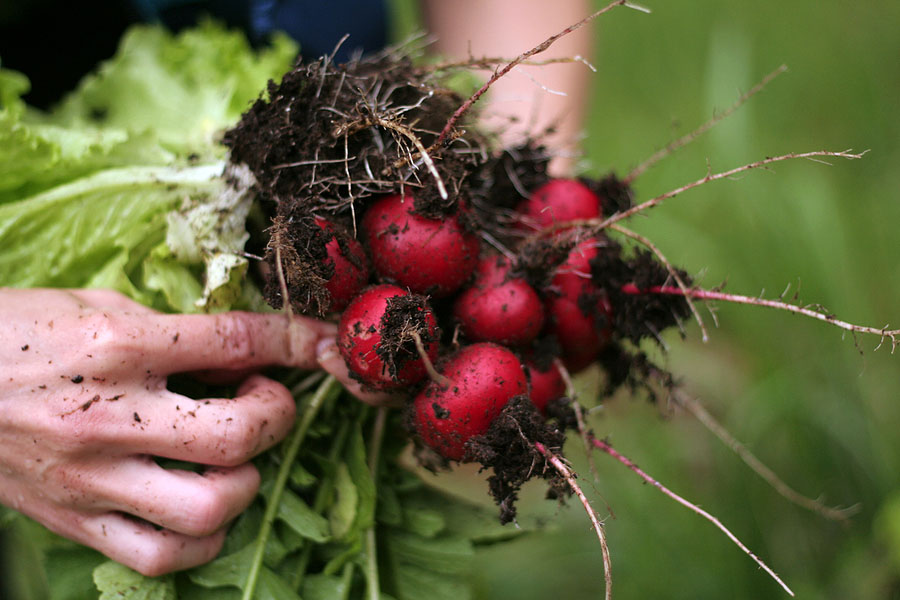As the intense Arizona summer fades into cooler fall temperatures, your landscape’s water needs also change. While Arizona’s arid climate requires diligent watering year-round, fall brings an opportunity to optimize your irrigation system for efficiency and sustainability. Properly adjusting your system not only helps save water, but also ensures that your plants and lawn remain healthy throughout the fall and into the winter.
Why Fall Irrigation Optimization is Crucial
Arizona’s fall season is characterized by cooler temperatures, lower humidity, and shorter days. These changes mean that plants and lawns require less water compared to the summer months. By optimizing your irrigation system, you’ll prevent overwatering, which can lead to root rot, wasted water, and higher utility bills. Additionally, adjusting your system for fall allows your plants to gradually acclimate to the approaching winter.
- Water Conservation
- With water being a precious resource in Arizona, optimizing your irrigation system during fall is a responsible choice. Proper watering techniques can significantly reduce water waste while still keeping your landscape lush and healthy.
- Healthier Plants and Lawn
- Overwatering can damage your plants and lawn, leading to shallow root growth, fungal issues, and nutrient leaching. By fine-tuning your irrigation system, you’ll promote healthier, stronger plants and a more resilient lawn.
Step-by-Step Guide to Fall Irrigation Optimization
Adjust Your Watering Schedule
As the weather cools in Arizona, your landscape requires less frequent watering. Here are some tips to adjust your watering schedule for fall:
- Reduce Frequency: During the summer, your irrigation system might run daily or every other day. In the fall, you can reduce this to 2-3 times per week, depending on the type of plants and grass you have.
- Watering Duration: While you’re reducing the frequency of watering, ensure that each watering session is deep enough to reach the root zone. This encourages deep root growth and makes your plants more drought-tolerant.
- Time of Day: The best time to water in the fall is early in the morning, between 5 AM and 10 AM. This allows the water to soak into the soil without evaporating quickly due to the midday sun.
Inspect Your Irrigation System
Fall is an ideal time to inspect your irrigation system for any issues that may have developed during the summer. Regular maintenance ensures that your system runs efficiently and prevents water waste. Here’s what to look for:
- Check for Leaks: Inspect your irrigation system for leaks in the pipes, valves, and sprinkler heads. Even small leaks can lead to significant water loss over time.
- Test Sprinkler Heads: Make sure your sprinkler heads are functioning correctly and that they’re distributing water evenly. Replace or repair any damaged heads.
- Adjust Spray Patterns: Over time, sprinkler heads can shift or become misaligned, leading to water being sprayed on sidewalks, driveways, or other non-landscape areas. Adjust the spray patterns to ensure that water is being applied only where it’s needed.
- Clean the Filters: If your irrigation system uses filters, fall is the perfect time to clean or replace them. Clogged filters reduce water pressure and efficiency, leading to uneven watering.
Update Irrigation Timers
If you use a programmable irrigation system, be sure to update the timers to reflect the reduced watering needs of fall. Many modern systems have seasonal adjustment features that allow you to automatically decrease watering times based on local weather conditions.
- Smart Controllers: Consider upgrading to a smart irrigation controller that adjusts watering schedules based on real-time weather data. These controllers take into account factors like temperature, humidity, and rainfall, ensuring that your landscape receives the optimal amount of water without overwatering.
- Rain Sensors: If your system doesn’t already have one, installing a rain sensor can prevent your sprinklers from running during or immediately after rainfall, further conserving water.
Soil Moisture Monitoring
Monitoring the moisture levels in your soil is an effective way to ensure that your landscape is receiving the right amount of water. In Arizona’s dry climate, the soil can dry out quickly, but overwatering can be just as harmful as underwatering.
- Soil Moisture Sensors: Consider installing soil moisture sensors in your landscape. These sensors measure the moisture content of the soil and can be integrated with your irrigation system to prevent unnecessary watering.
- Manual Checks: If you don’t have sensors, manually check your soil by inserting a screwdriver or soil probe into the ground. If the soil is still moist a few inches below the surface, it’s likely that you can reduce your watering frequency.
Irrigation System Maintenance Tips
Regular maintenance of your irrigation system is key to its longevity and efficiency. In addition to seasonal adjustments, follow these maintenance tips to keep your system in top shape:
- Winterize Your System (if necessary): While Arizona doesn’t experience harsh winters, it’s still a good idea to winterize your irrigation system if you live in areas where temperatures may drop below freezing. This involves draining the system to prevent water from freezing and damaging pipes.
- Inspect Drip Irrigation Systems: Drip irrigation is a common method of watering plants in Arizona landscapes. Check your drip emitters for clogs and replace any that are malfunctioning. Make sure the drip lines are properly positioned near the root zone of your plants.
- Replace Worn Parts: Over time, irrigation system components like valves, seals, and gaskets can wear out. Replacing these parts when needed ensures that your system continues to operate efficiently and prevents leaks.
Fall Irrigation for Specific Landscape Types
Arizona landscapes often consist of a variety of plant types, each with unique watering needs. Here’s how to adjust your irrigation system for different areas of your yard:
- Lawns
- If you’ve overseeded your lawn with cool-season ryegrass, it will require more frequent watering during the first few weeks to help the seeds germinate. Once established, you can reduce the frequency to 2-3 times per week.
- Ensure your sprinklers provide even coverage to avoid dry spots or overwatered areas.
- Desert Plants and Xeriscapes
- Many desert plants and xeriscape landscapes require little to no water in the fall. Reduce your watering frequency for succulents, cacti, and other drought-tolerant plants.
- Check drip irrigation systems to ensure that water is being applied directly to the root zone, minimizing evaporation.
- Flower Beds
- Fall is a great time to plant cool-season flowers like pansies and snapdragons. These plants will need regular watering to get established, but once rooted, you can reduce the frequency.
- Consider adding mulch to your flower beds to help retain moisture and protect the roots from temperature fluctuations.
Water Conservation Tips for Arizona Homeowners
In Arizona, water conservation is a top priority. By optimizing your irrigation system, you can reduce water usage without sacrificing the health and beauty of your landscape. Here are some additional tips for conserving water in the fall:
- Use Native Plants: Incorporating native Arizona plants into your landscape can significantly reduce your water usage. These plants are adapted to the region’s climate and require minimal irrigation.
- Install a Rain Barrel: Collecting rainwater during Arizona’s fall monsoon season can provide an additional water source for your garden and reduce your reliance on municipal water.
- Group Plants by Water Needs: When planning your landscape, group plants with similar water requirements together. This allows you to water more efficiently and avoid overwatering drought-tolerant plants.
Optimizing your irrigation system for the fall season in Arizona ensures that your landscape remains healthy and vibrant while conserving water. By adjusting your watering schedule, inspecting and maintaining your system, and using smart technology, you can keep your plants and lawn thriving with less water. Fall is the perfect time to fine-tune your irrigation system and prepare your landscape for the cooler months ahead, all while reducing your environmental impact.


